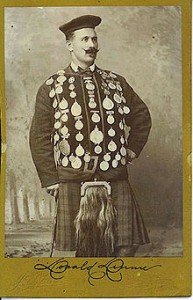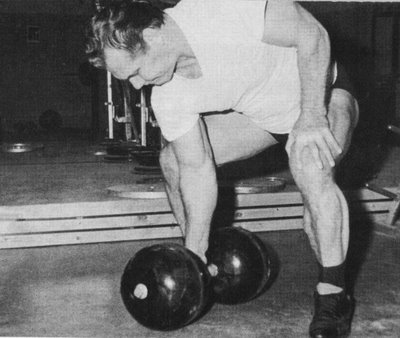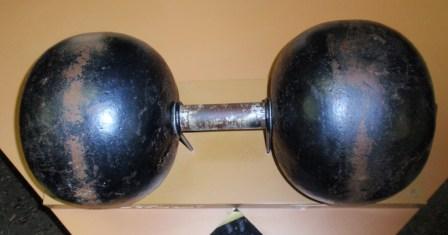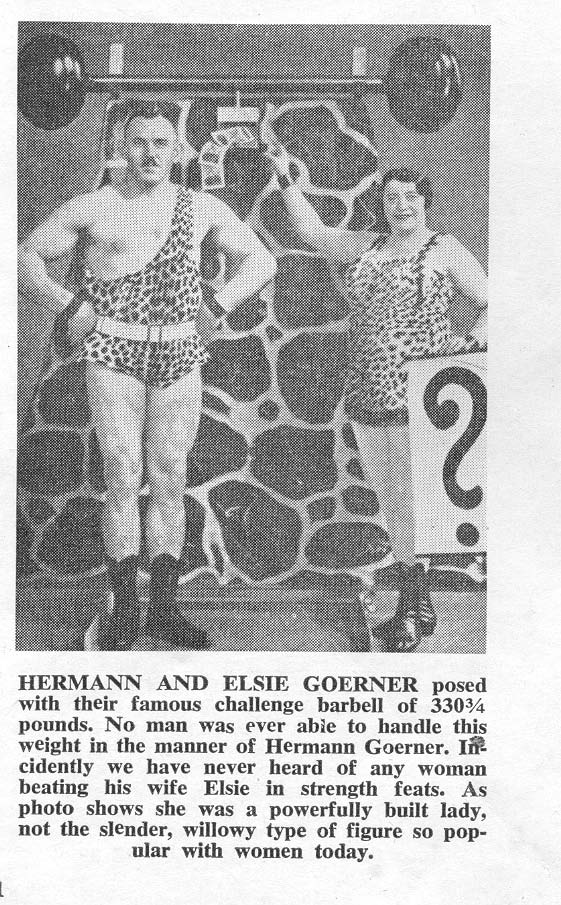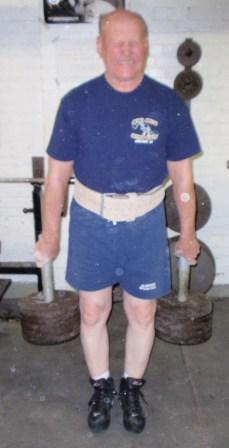Apollo – William Bankier
by Dennis Mitchell
William Bankier was born in Banff Scotland, December 10, 1870. His parents were school teachers. As a youngster he was fascinated by the circus, and at the age of twelve he ran away from home to become a laborer at a circus. This lasted only a short time as his father soon caught up with him and took him back home. After a few months at home William once again ran away to get employment on a ship. A shipwreck ended this job and he ended up in Montreal Canada where he got a job working on a farm. It was hard work and low wages. He was now fourteen years old. He had an opportunity to join Porgie O’Brien’s road show, so he left the farm and once again he ran away. One of the acts in the show was a strong man and William spent any free time he had watching and learning from him. William was now fifteen years old.
While the strong man was a good performer he was also a heavy drinker, and one day was unable to perform. William performed in his place, and while he was not as accomplished as the strong man he put on satisfactory show. As the strong man missed more shows, William continued to perform in his place and continued to improve and progress as a performer and strong man. He stayed with the O’Brien show for about a year, and then joined William Muldoon’s entourage of athletes. Muldoon changed William’s name, and he now became, Carl Clyndon the Canadian Strong Boy. At this time he also added wrestling to his act. After a time he felt it was time to move on and he teamed up with Jack Kilrain, a former heavy weight boxing champion. He remained with Jack until he was seventeen years old, and added boxing to his other talents. His next move was to team up with “Buffalo Bill Cody’s” wild west show. From there he joined the Ginnett Circus for three months, and once again was on the move. While still performing as Carl Clydon he was spotted by one of the owners of the Bostock Circus, known for having the best performers and acts. It was with the Bostock Circus that he became a truly polished and outstanding performer. One of his most outstanding acts was to do a harness lift with a full grown elephant. No tricks were used, it was a true lift.
While in Bournemouth England, at the suggestion of Sir John Everett Millais, who later was President of the Royal Academy, Carl Clydon changed his name to Apollo. He traveled around the world performing to large audiences. He was an excellent performer and hailed to be as good as Sandow. This was in 1899. He even challenged Sandow to a contest in weightlifting, wrestling, running, and jumping. Sandow did not accept his challenge. Apollo opened his act with a posing display. He was not a big men standing 5’6.5″, weighed 175 pounds, had a 47″ chest and 15.75″ arms. His legs were exceptionally well developed. In the event known as the “Tomb of Hercules” he could support a piano with a six person orchestra and a dancer. He could jump over the back of a chair either frontwards or backwards wile holding a 56 pound weight in each hand. He would end his performance by offering ten English pounds to anyone who could carry a large sack off stage. Many people tried, including Arthur Saxon, and could not do it. Apollo would finish his performance by carrying the sack off stage. The sack weighed 475 pounds. After retiring from the stage, Apollo became a wrestling promoter, and later teamed up with Monte Saldo ( who we will write about in an other article ) and opened the Apollo-Saldo Academy. Many well known amateur and professional wresters, boxers , and jiu-jitsu competitors trained at the Academy. William Bankier, better known as Apollo, died in 1949 at the age of 80.

